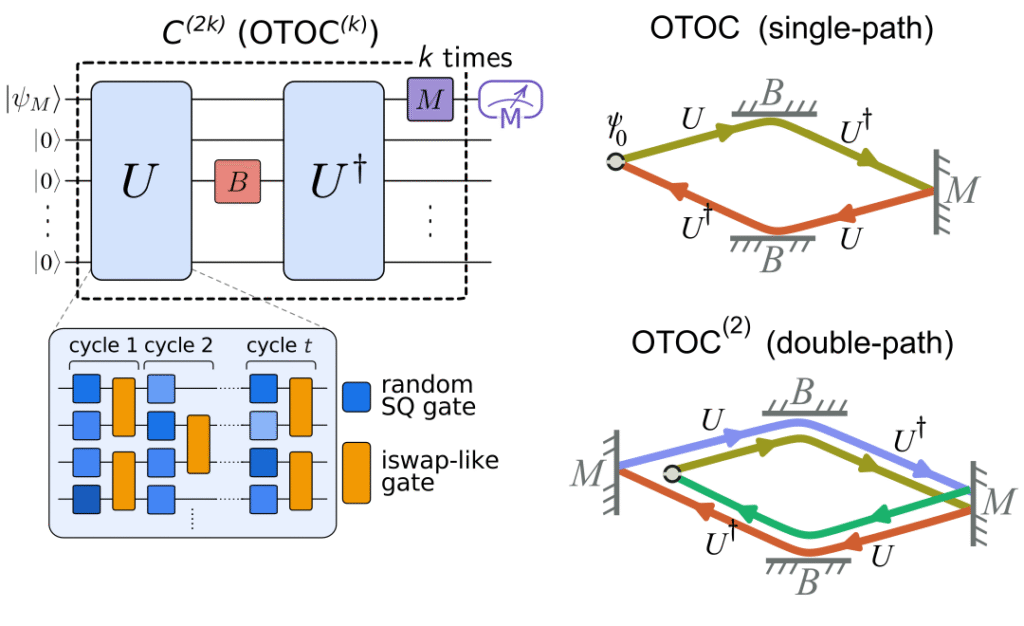November 8, 2025
In the latest episode of the All-In Podcast, aired on November 7, 2025, hosts Jason Calacanis, Chamath Palihapitiya, David Sacks, and guest Brad Gerstner (with David Friedberg absent) delivered a packed discussion on the tech world’s hottest topics. From OpenAI’s public relations mishaps and massive infrastructure bets to the intensifying U.S.-China AI rivalry, market volatility, and the surprising rise of socialism in U.S. politics, the episode painted a vivid picture of an industry at a crossroads. Here’s a deep dive into the key takeaways.
OpenAI’s “Rough Week”: From Altman’s Feistiness to CFO’s Backstop Blunder
The podcast kicked off with a spotlight on OpenAI, which has been under intense scrutiny following CEO Sam Altman’s appearance on the BG2 podcast. Gerstner, who hosts BG2, recounted asking Altman about OpenAI’s reported $13 billion in revenue juxtaposed against $1.4 trillion in spending commitments for data centers and infrastructure. Altman’s response—offering to find buyers for Gerstner’s shares if he was unhappy—went viral, sparking debates about OpenAI’s financial health and the broader AI “bubble.”
Gerstner defended the question as “mundane” and fair, noting that Altman later clarified OpenAI’s revenue is growing steeply, projecting a $20 billion run rate by year’s end. Palihapitiya downplayed the market’s reaction, attributing stock dips in companies like Microsoft and Nvidia to natural “risk-off” cycles rather than OpenAI-specific drama. “Every now and then you have a bad day,” he said, suggesting Altman might regret his tone but emphasizing broader market dynamics.
The conversation escalated with OpenAI CFO Sarah Friar’s Wall Street Journal comments hoping for a U.S. government “backstop” to finance infrastructure. This fueled bailout rumors, prompting Friar to clarify she meant public-private partnerships for industrial capacity, not direct aid. Sacks, recently appointed as the White House AI “czar,” emphatically stated, “There’s not going to be a federal bailout for AI.” He praised the sector’s competitiveness, noting rivals like Grok, Claude, and Gemini ensure no single player is “too big to fail.”
The hosts debated OpenAI’s revenue model, with Calacanis highlighting its consumer-heavy focus (estimated 75% from subscriptions like ChatGPT Plus at $240/year) versus competitors like Anthropic’s API-driven enterprise approach. Gerstner expressed optimism in the “AI supercycle,” betting on long-term growth despite headwinds like free alternatives from Google and Apple.
The AI Race: Jensen Huang’s Warning and the Call for Federal Unity
Shifting gears, the panel addressed Nvidia CEO Jensen Huang’s stark prediction to the Financial Times: “China is going to win the AI race.” Huang cited U.S. regulatory hurdles and power constraints as key obstacles, contrasting with China’s centralized support for GPUs and data centers.
Gerstner echoed Huang’s call for acceleration, praising federal efforts to clear regulatory barriers for power infrastructure. Palihapitiya warned of Chinese open-source models like Qwen gaining traction, as seen in products like Cursor 2.0. Sacks advocated for a federal AI framework to preempt a patchwork of state regulations, arguing blue states like California and New York could impose “ideological capture” via DEI mandates disguised as anti-discrimination rules. “We need federal preemption,” he urged, invoking the Commerce Clause to ensure a unified national market.
Calacanis tied this to environmental successes like California’s emissions standards but cautioned against overregulation stifling innovation. The consensus: Without streamlined permitting and behind-the-meter power generation, the U.S. risks ceding ground to China.
Market Woes: Consumer Cracks, Layoffs, and the AI Job Debate
The discussion turned to broader economic signals, with Gerstner highlighting a “two-tier economy” where high-end consumers thrive while lower-income groups falter. Credit card delinquencies at 2009 levels, regional bank rollovers, and earnings beats tempered by cautious forecasts painted a picture of volatility. Palihapitiya attributed recent market dips to year-end rebalancing, not AI hype, predicting a “risk-on” rebound by February.
A heated exchange ensued over layoffs and unemployment, particularly among 20-24-year-olds (at 9.2%). Calacanis attributed spikes to AI displacing entry-level white-collar jobs, citing startup trends and software deployments. Sacks countered with data showing stable white-collar employment percentages, calling AI blame “anecdotal” and suggesting factors like unemployable “woke” degrees or over-hiring during zero-interest-rate policies (ZIRP). Gerstner aligned with Sacks, noting companies’ shift to “flatter is faster” efficiency cultures, per Morgan Stanley analysis.
Inflation ticking up to 3% was flagged as a barrier to rate cuts, with Calacanis criticizing the administration for downplaying it. Trump’s net approval rating has dipped to -13%, with 65% of Americans feeling he’s fallen short on middle-class issues. Palihapitiya called for domestic wins, like using trade deal funds (e.g., $3.2 trillion from Japan and allies) to boost earnings.
Socialism’s Rise: Mamdani’s NYC Win and the Filibuster Nuclear Option
The episode’s most provocative segment analyzed Democratic socialist Zohran Mamdani’s upset victory as New York City’s mayor-elect. Mamdani, promising rent freezes, free transit, and higher taxes on the rich (pushing rates to 54%), won narrowly at 50.4%. Calacanis noted polling showed strong support from young women and recent transplants, while native New Yorkers largely rejected him.
Palihapitiya linked this to a “broken generational compact,” quoting Peter Thiel on student debt and housing unaffordability fueling anti-capitalist sentiment. He advocated reforming student loans via market pricing and even expressed newfound sympathy for forgiveness—if tied to systemic overhaul. Sacks warned of Democrats shifting left, with “centrist” figures like Joe Manchin and Kyrsten Sinema exiting, leaving energy with revolutionaries. He tied this to the ongoing government shutdown, blaming Democrats’ filibuster leverage and urging Republicans to eliminate it for a “nuclear option” to pass reforms.
Gerstner, fresh from debating “ban the billionaires” at Stanford (where many students initially favored it), stressed Republicans must address affordability through policies like no taxes on tips or overtime. He predicted an A/B test: San Francisco’s centrist turnaround versus New York’s potential chaos under Mamdani.
Holiday Cheer and Final Thoughts
Amid the heavy topics, the hosts plugged their All-In Holiday Spectacular on December 6, promising comedy roasts by Kill Tony, poker, and open bar. Calacanis shared updates on his Founder University expansions to Saudi Arabia and Japan.
Overall, the episode underscored optimism in AI’s transformative potential tempered by real-world challenges: financial scrutiny, geopolitical rivalry, economic inequality, and political polarization. As Gerstner put it, “Time is on your side if you’re betting over a five- to 10-year horizon.” With Trump’s mandate in play, the panel urged swift action to secure America’s edge—or risk socialism’s further ascent.



